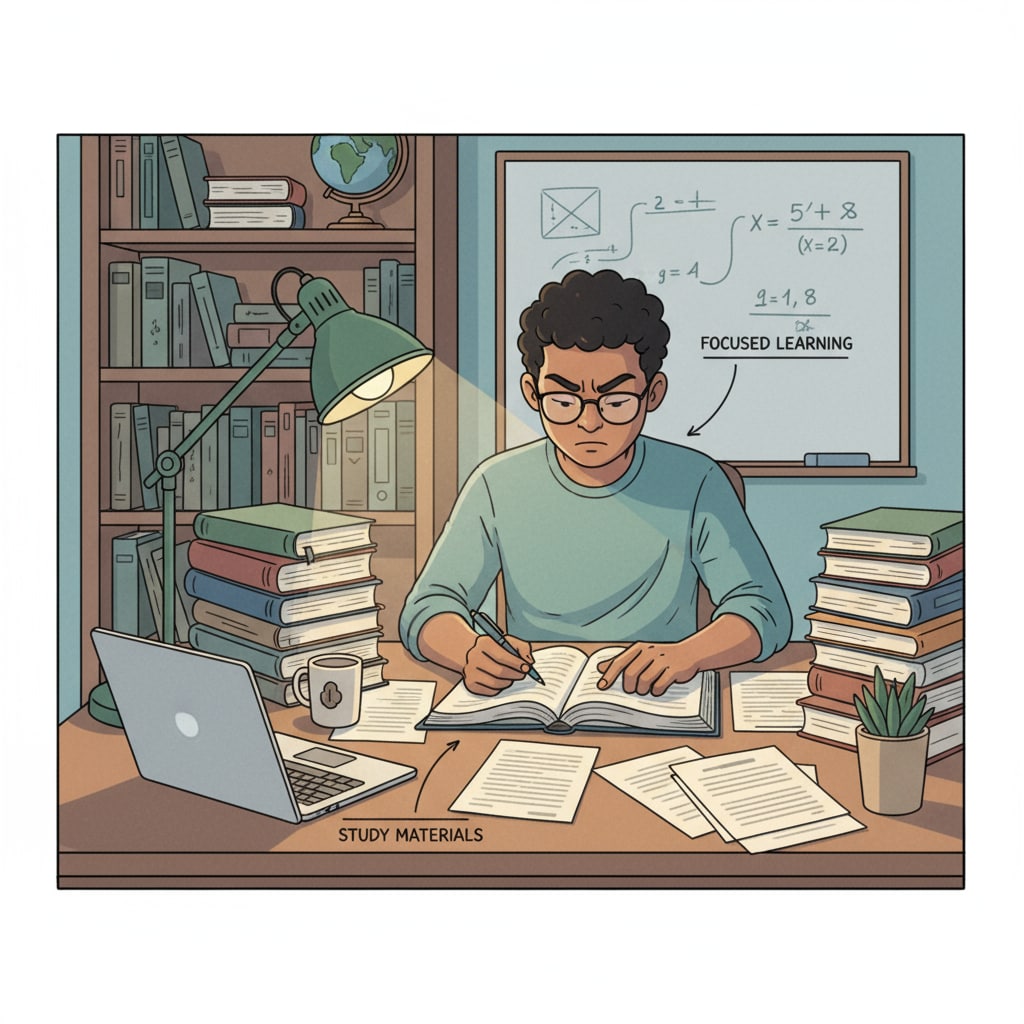In the realm of K12 education, the concepts of group learning, individual learning, and learning effectiveness are intertwined. How students learn, whether in a group or alone, significantly influences the knowledge they acquire and skills they develop. Let’s explore these two learning approaches in depth.
The Power of Group Learning
Group learning offers numerous benefits. Firstly, it promotes collaboration. When students work together in a group, they can share diverse perspectives. For example, in a history project, some students might be interested in the cultural aspects, while others focus on the political events. By combining these viewpoints, they gain a more comprehensive understanding. Collaborative learning on Wikipedia Secondly, group learning enhances communication skills. Students learn to express their ideas clearly and listen to others’ opinions. This interaction helps them build confidence in speaking and also improves their ability to understand different viewpoints.

The Advantages of Individual Learning
On the other hand, individual learning has its own merits. It allows for personalized pacing. Every student has a unique learning speed. Some might grasp new concepts quickly, while others need more time. With individual learning, students can move at a pace that suits them best. Additionally, it encourages self-discipline and self-motivation. When studying alone, students are responsible for managing their time and staying focused. This helps them develop essential life skills. Self-education on Britannica

However, both group learning and individual learning also have their limitations. Group learning can sometimes lead to conflicts among group members, and some students may not contribute actively. In individual learning, students may lack the opportunity to get immediate feedback from peers.
To achieve the best learning outcomes, it’s essential to find a balance between these two approaches. Educators can design learning activities that incorporate both group and individual work. For example, they can start with an individual research phase and then have students come together in groups to discuss and present their findings.
Readability guidance: By highlighting the key aspects of group and individual learning, we can see how they complement each other. Short paragraphs and clear lists help in presenting the information effectively. Using transitional words like ‘however’ and ‘additionally’ makes the flow of the article smooth.


